6 partners helping us to Change the World
The World Food Programme (WFP) has partnered with the private sector for over a decade. You've probably seen Michael Kors' Watch Hunger Stop ads or triggered a donation of a school meal from Mastercard when you've used their contactless feature.
Do you know however that some of our other partners are improving the nutrition of our food basket, improving the way we distribute food and cash in the field, and giving us the data to change how we react during emergencies? Fortune Magazine does. It has just recognized six of our private sector partners on this year's Change the World list. Here's more about the innovations and impact these partners are making.
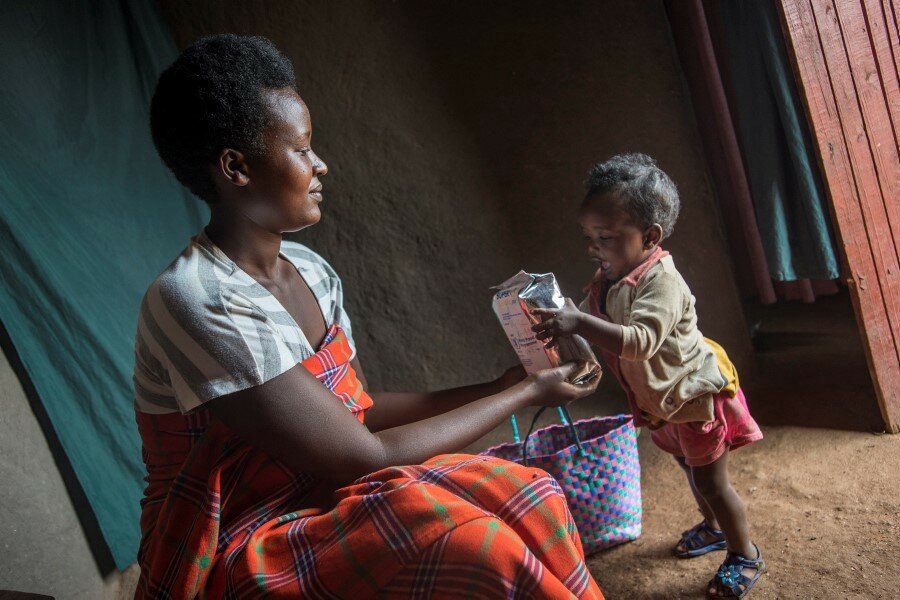
DSM
WFP has partnered with science-based company DSM since 2007, to research and develop specialized products that help improve the nutrition of targeted groups of people — as well as packaging that reduces waste. For example, DSM helped WFP develop various micronutrient powders that can be sprinkled on food right before it's eaten, to add vital nutritional value for pregnant and nursing mothers, young children, and those susceptible to disease. Last year alone, WFP and DSM helped over 82 million people in more than 80 countries improve their nutrition by providing them with foods enriched with essential vitamins and nutrients.
DSM employees, including experts in nutrition and food technology, economics, and marketing and communications, have volunteered to support WFP projects in countries including Zambia, Guatemala, Kenya and Bangladesh.
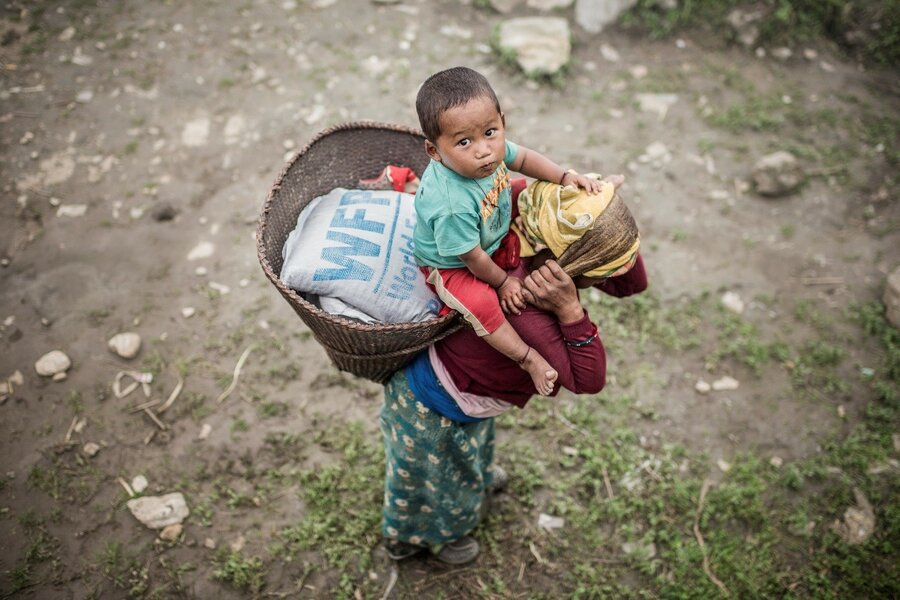
Tencent
Major gaming and social media firm Tencent — which runs the hugely popular "WeChat" social media platform — has been supporting WFP programmes through numerous campaigns since 2011. From September 2011 to May 2016, Tencent asked customers to sign up and give monthly donations to WFP's school meals programme. In addition to being continuous supporters of school meals in China and Cambodia, the Tencent Foundation has launched four other campaigns on behalf of WFP over the years, bringing valuable attention and funding to the Ebola crisis, the earthquake in Nepal in 2015, WFP's nutritional programme for new mothers and young children, and the pre-school meal programme in China.
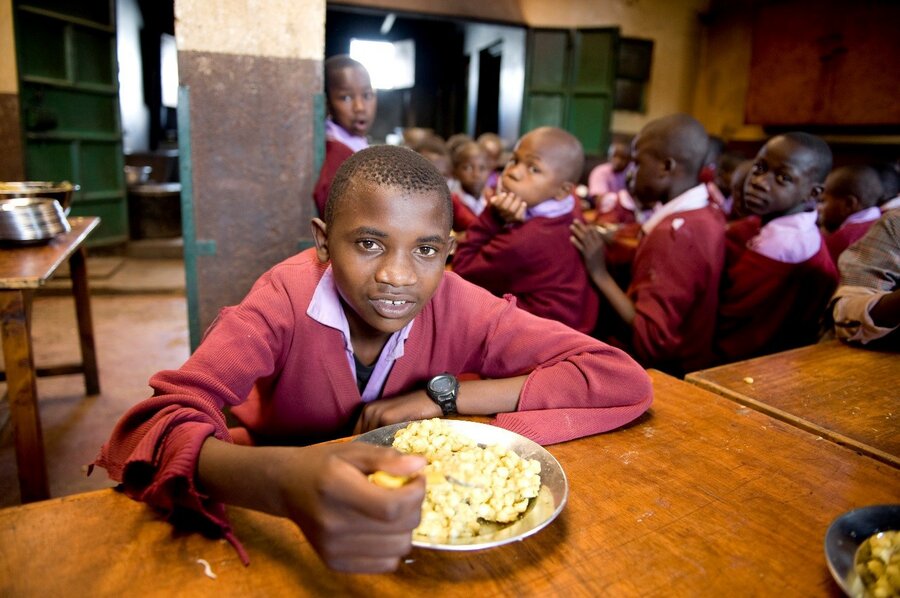
Unilever
Consumer goods company Unilever has worked with WFP for over ten years to improve the lives of children around the world, by addressing child hunger and malnutrition. Along with its subsidiary, the food brand Knorr, Unilever's support has included working with our offices in Kenya to build nutrition education programmes into WFP's Home Grown School Meals Initiative. To help draw attention to the shared objective of a Zero Hunger mission, Knorr has launched interactive social media campaigns for the past three years on World Food Day, encouraging everyone to share a meal with someone in need through WFP.
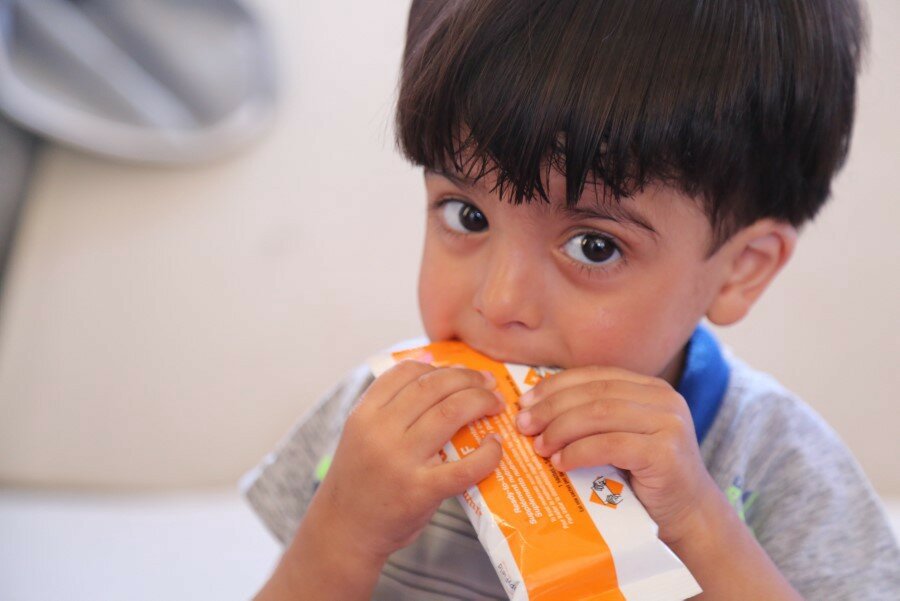
Amcor
WFP gets much-needed food to vulnerable people in some of the world's most hard-to-reach areas, and so the way we package our food is important — it has to withstand rough conditions and long travel times. Amcor is a leading global packaging company, present in more than 40 countries worldwide. Since 2015, a team of Amcor packaging experts has lent us its expertise and provided us with access to its laboratories to test and improve the way our foodstuffs are packaged, which has extended shelf-lives and reduced food losses.
In addition, suggestions and designs from the Amcor team have helped the people we serve gain better use of our products. In the first year of the partnership, Amcor and WFP redesigned packaging for a nutrient supplement which is given to children to prevent malnutrition. Previously the supplement was distributed in a tub — now it is issued in single-serving pouches that help mothers understand the proper dose and prevent potential food waste, since the individual packages increase shelf-life. Already, these improvements have saved almost US$ 3.2 million for WFP, and reduced packaging waste by 275 tons.
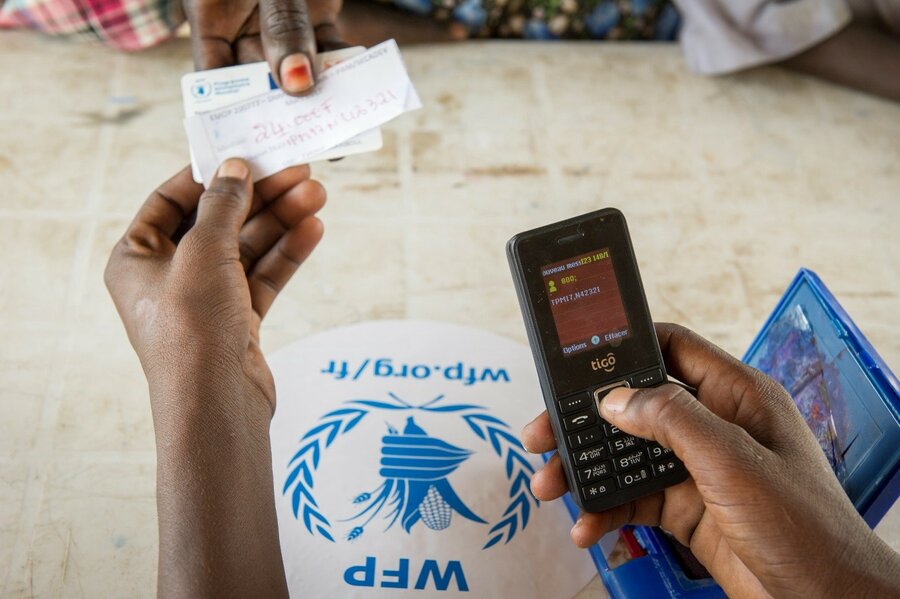
Sodexo (founder of Stop Hunger, a WFP partner)
Stop Hunger, a global network of non-profit organizations created by Sodexo, helped WFP design a secure paper-voucher system for food distributions in 2014. As a result, WFP is able to set up paper-voucher operations three times more quickly, and the cost of paper vouchers has been reduced by 75 percent. These vouchers can provide for a more diversified diet, by giving consumers the power of choice which they do not have with traditional food rations.
Staff volunteers from Sodexo were key to making this happen, and since then have lent their expertise to aid many of WFP's operations including our logistics teams, nutrition division and cash-transfer programme. Sodexo employees have also contributed to Stop Hunger's campaigns to raise vital funds for WFP emergency operations and school meals. Currently, Stop Hunger is sending employee experts to help us create model kitchens within our school meals programmes in several countries. These programmes not only support local farmers, but also empower female cooks through nutrition training, hygiene and commercial cooking practices.
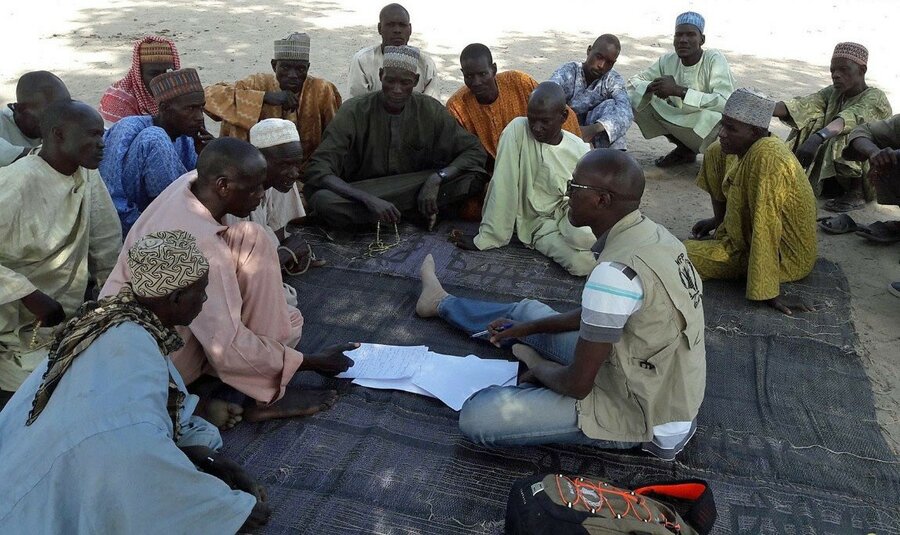
Tableau
When emergencies strike, information and data are the keys to a quick and efficient response. How can we get food to the people who need it most if we don't know where they are? Tableau is a highly respected leader in visual analytics and has a strong record of supporting innovation around the world. As one of WFP's newest partners, Tableau Foundation is stepping up to help us and the broader humanitarian community see where people are, where they're moving, where damage and need are strongest within an area, and then how we can use that information in an easy-to-understand way so we can react quickly and make better decisions. Tableau's user community are some of our strongest supporters, regularly volunteering their time and talents to support WFP's disaster-response efforts. Tableau data visualizations have helped WFP to provide a better picture of what is happening in places like Yemen and Nigeria. Users can explore interactive reports from various regions on WFP's data visualization portal.
